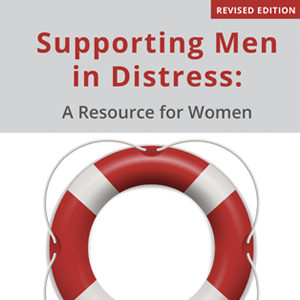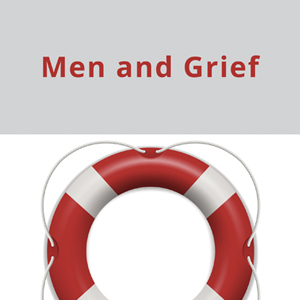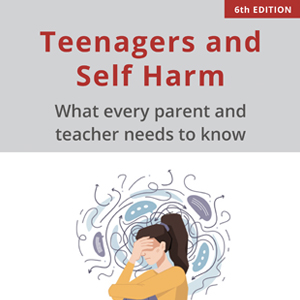Description
There are lots of relaxation techniques to choose from, but having to decide from all the options can be tedious and add to your stress!
Here you’ll find two methods that are widely used and have proven effectiveness. Try these and see which works best for you.
The first is a simple yet effective way of relaxing your body and calming your mind and emotions. It is sometimes called ‘belly breathing’ (or diaphragmatic breathing).
The second is also simple and effective and is found in nearly all ancient traditions of meditation.
Whichever method you use to achieve calm and relaxation, be sure to do so with gentleness and patience and in a way that is rhythmic and respectful of your body. It shouldn’t be forced, because to do so will just turn it into another source of stress.
Here is the first:
- Relax your shoulders (make sure your shoulders are down and relaxed); relax your facial muscles. Also, try and still your thoughts, so that you are only paying attention to what you are doing.
- Breathe in slowly and fully through your nose.
- Exhale slowly through your mouth. As you do this, purse your lips slightly, but with your tongue and jaw relaxed. If you’ve got this right, you should make a soft ‘whooshing’ sound as you exhale. Listen for that sound every time you practice this technique and learn to value it as the sound of calm and relaxation.
- Make your outgoing breath as long and smooth as you can. The outgoing breath is the key to relaxation so give it your full attention and practice breathing out in a long, slow, controlled way and you will quickly feel the benefit. All the time listen to and focus on your breath, because this will help train your attention and help you remain in the present moment and feeling calm.
- In this exercise, your stomach should slightly expand, but your chest should rise only a little. At first, if you place one hand on your stomach and the other on your chest, you’ll be able to feel how you are breathing.
Here is the second:
- Relax your shoulders (make sure your shoulders are down and relaxed); relax your facial muscles. Also, try and still your thoughts, so that you are only paying attention to what you are doing.
- Breathe in slowly and fully through your nose.
- Exhale slowly through your mouth. As you do this, purse your lips slightly, but with your tongue and jaw relaxed. If you’ve got this right, you should make a soft ‘whooshing’ sound as you exhale. Listen for that sound every time you practice this technique and learn to value it as the sound of calm and relaxation.
- Make your outgoing breath as long and smooth as you can. The outgoing breath is the key to relaxation so give it your full attention and practice breathing out in a long, slow, controlled way and you will quickly feel the benefit. All the time listen to and focus on your breath, because this will help train your attention and help you remain in the present moment and feeling calm.
- In this exercise, your stomach should slightly expand, but your chest should rise only a little. At first, if you place one hand on your stomach and the other on your chest, you’ll be able to feel how you are breathing.
These exercises should not be forced, but should be gentle, rhythmic, and respectful of your body. Ideally, you need to practise these methods frequently during the day, when you wake and just prior to going to bed.
At first, you’ll likely lose your sense of being calm and relaxed fairly easily. That’s to be expected. With practise you will notice this quite soon after it has happened. When it does, simply use one of these methods to get yourself relaxed and calm again.
You might also find this article on Finding Calm and Managing Fear useful.
Download the FREE A5 Resource here






Reviews
There are no reviews yet.